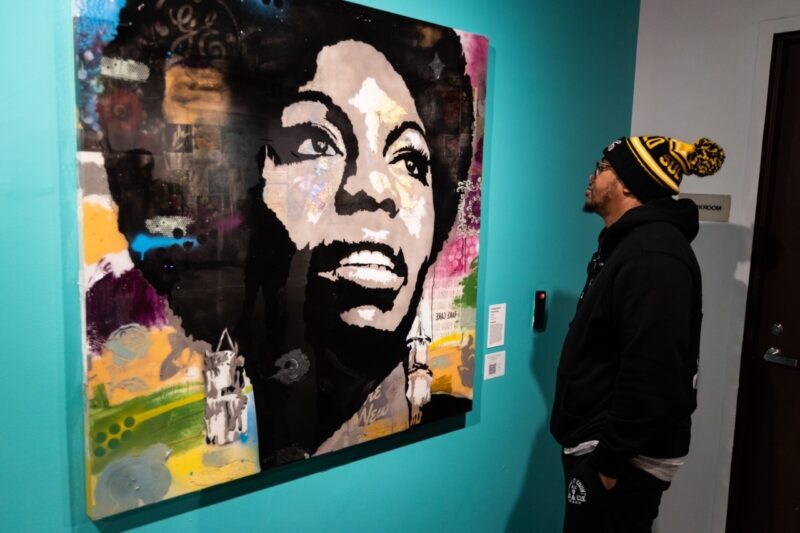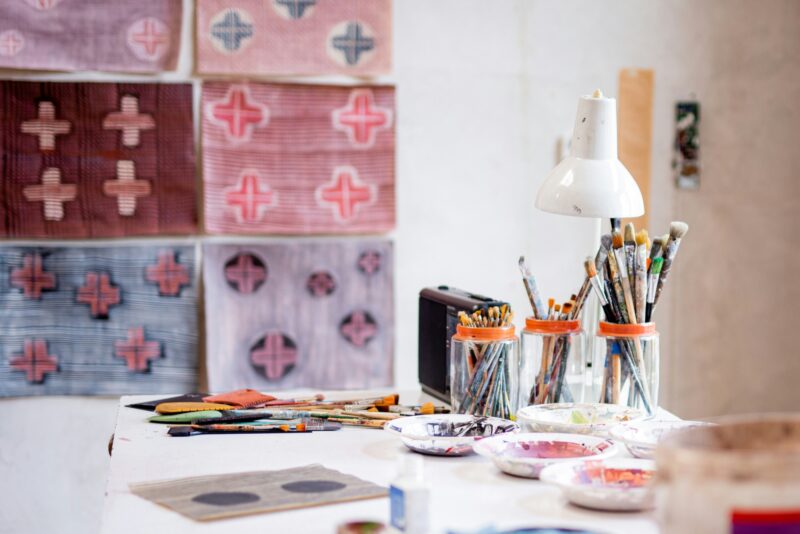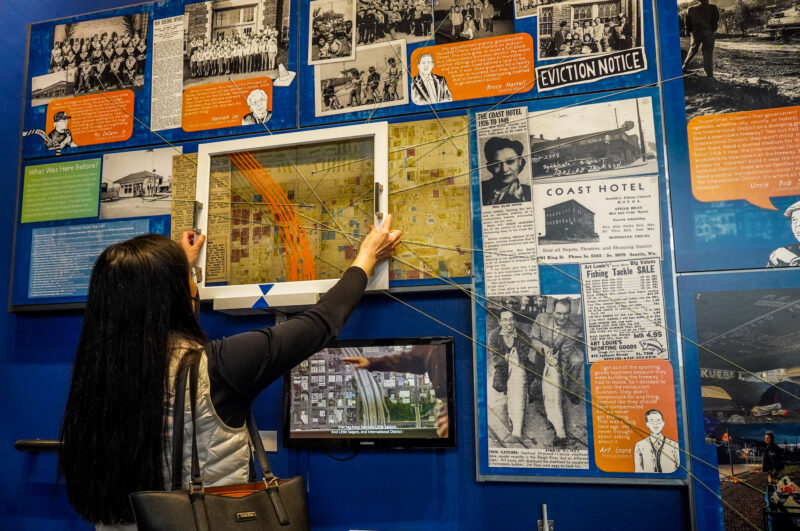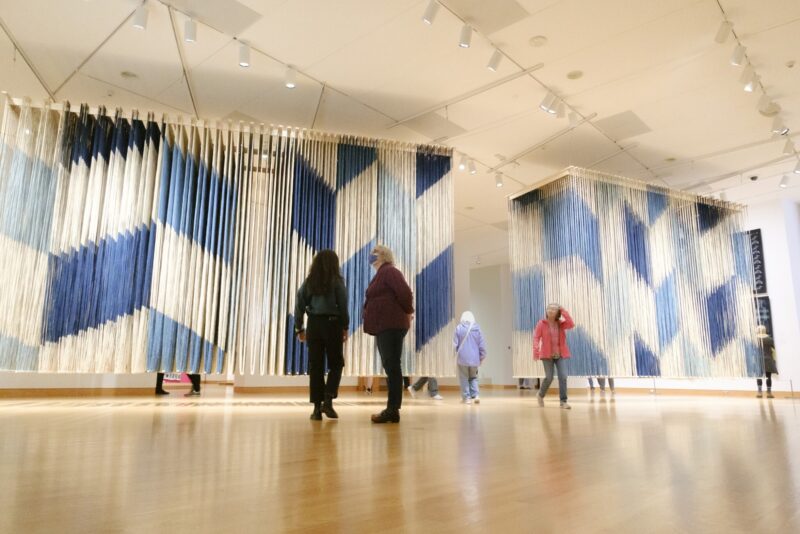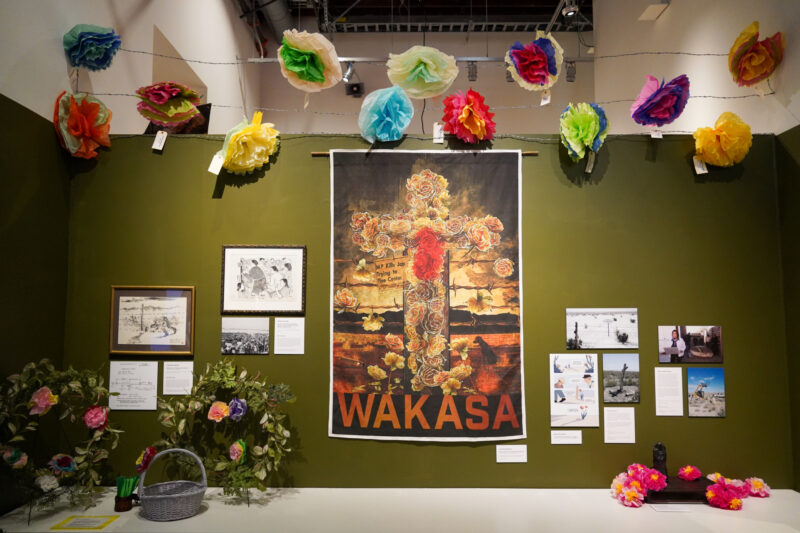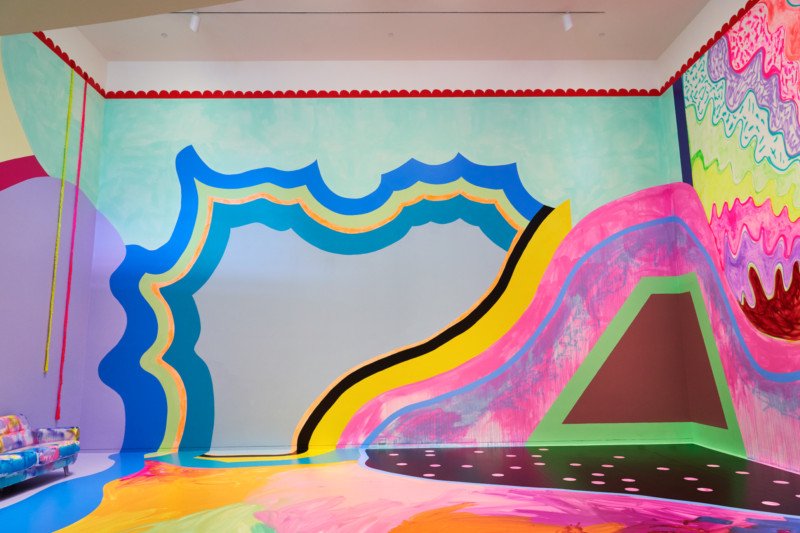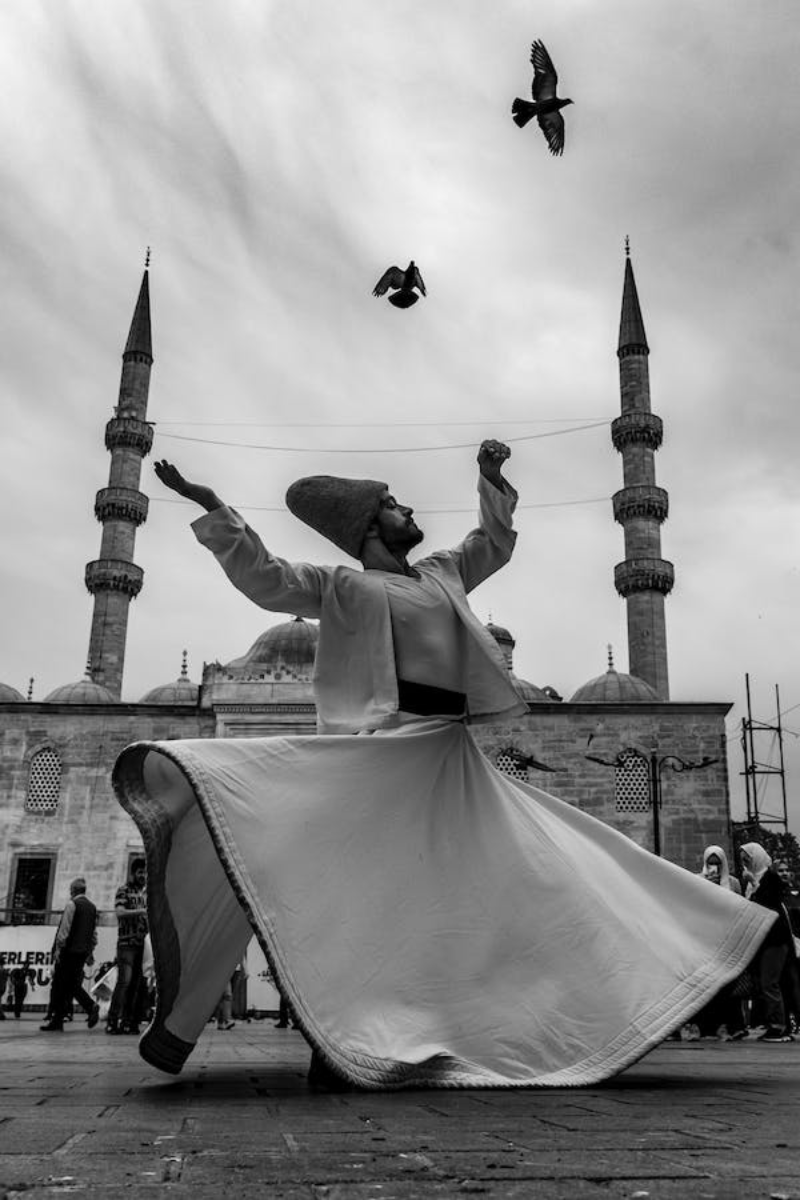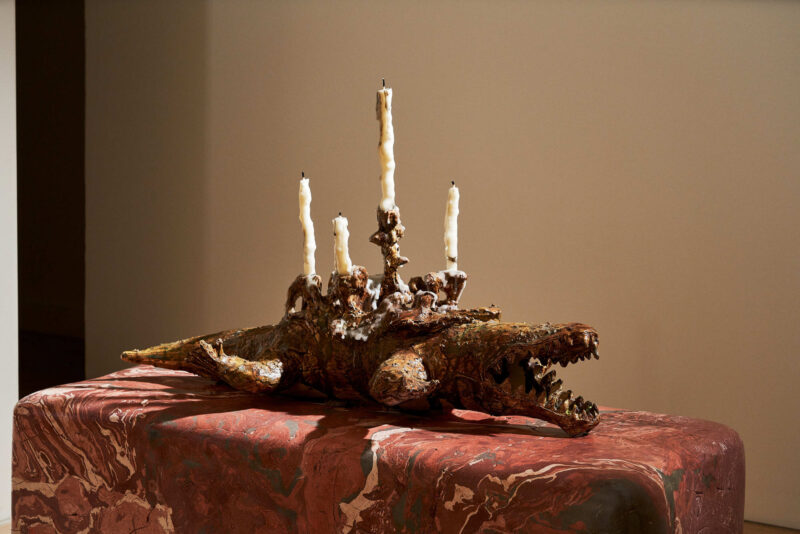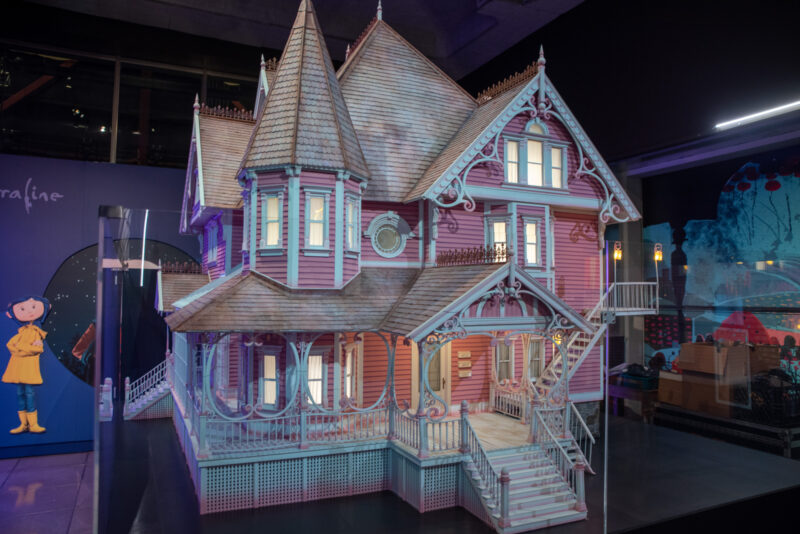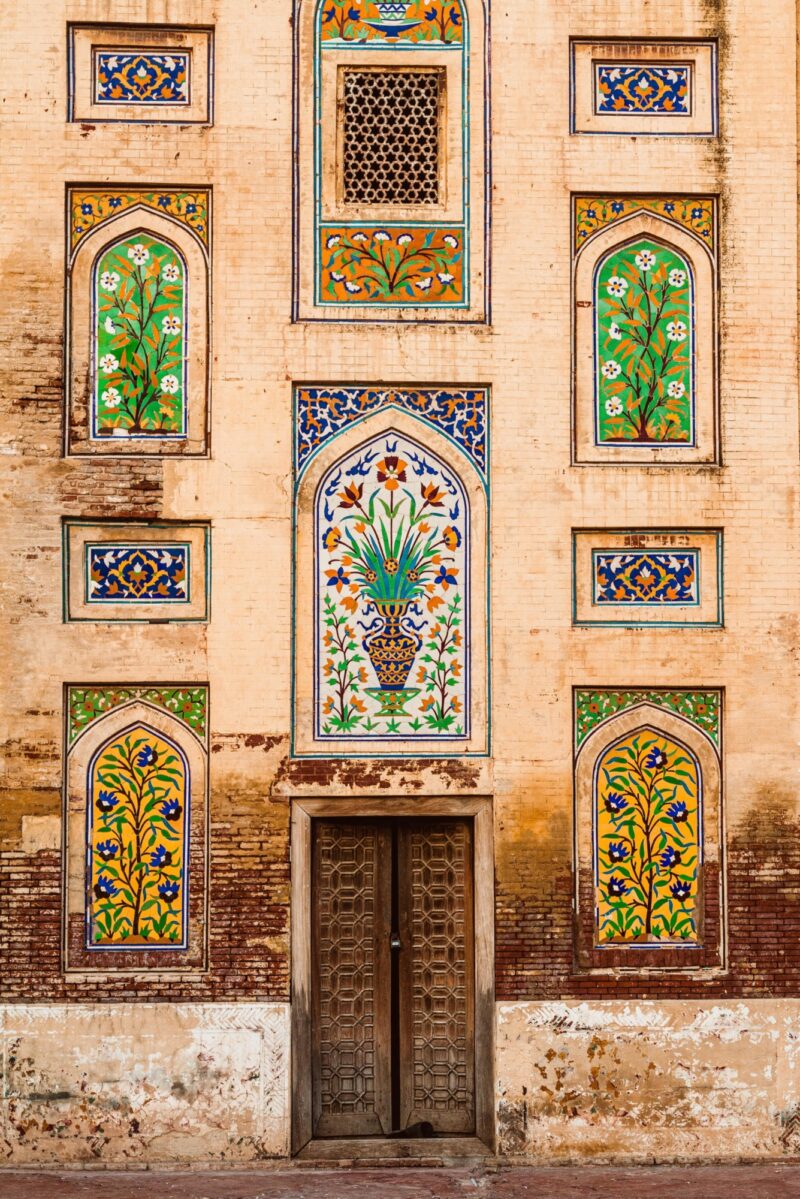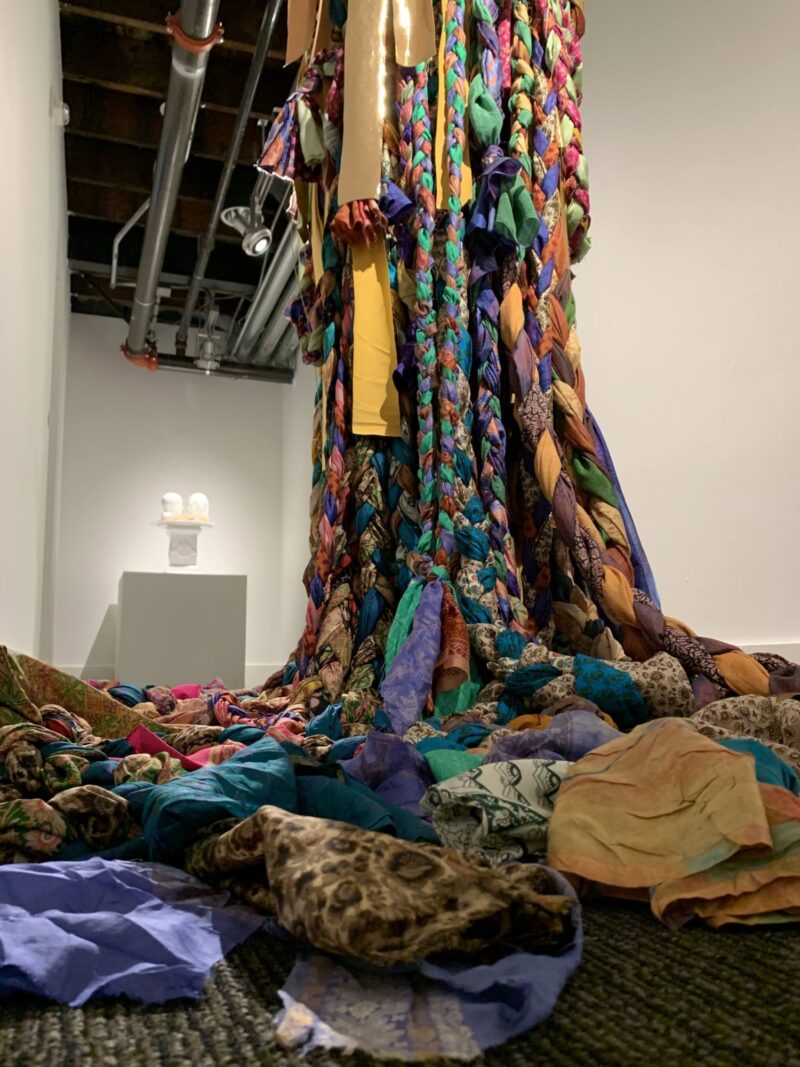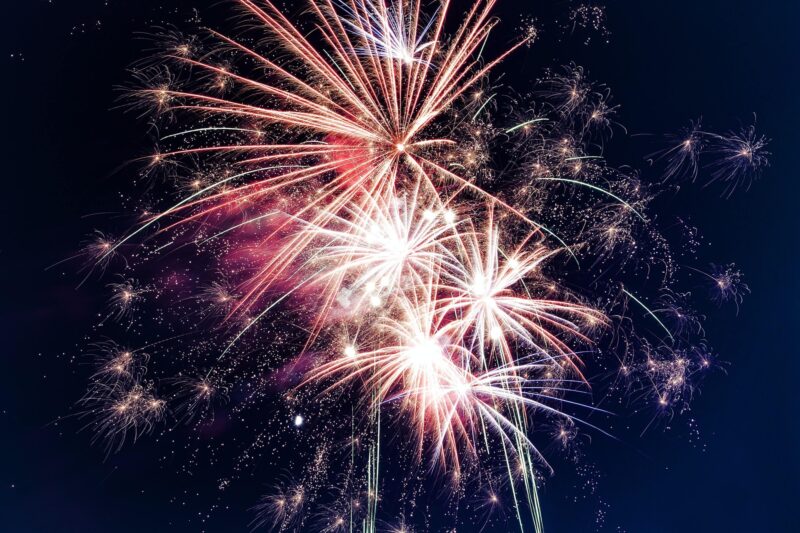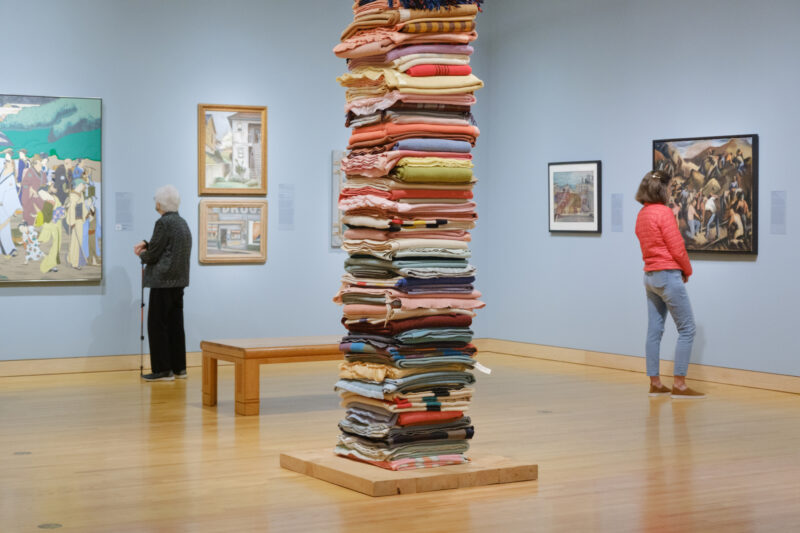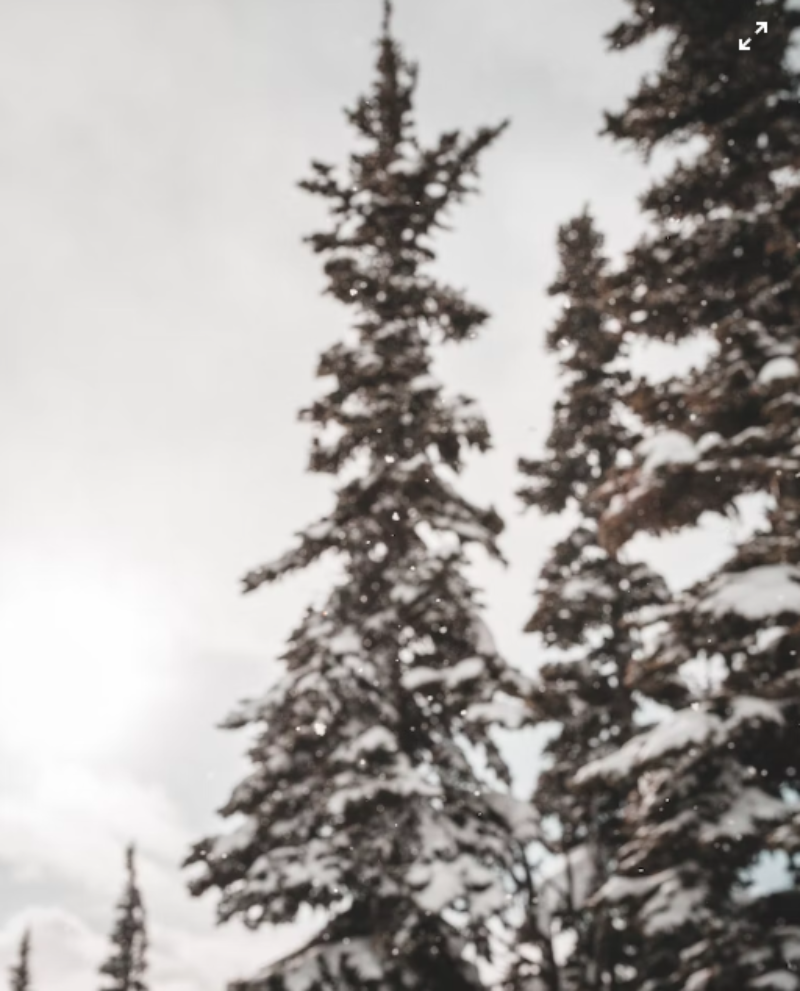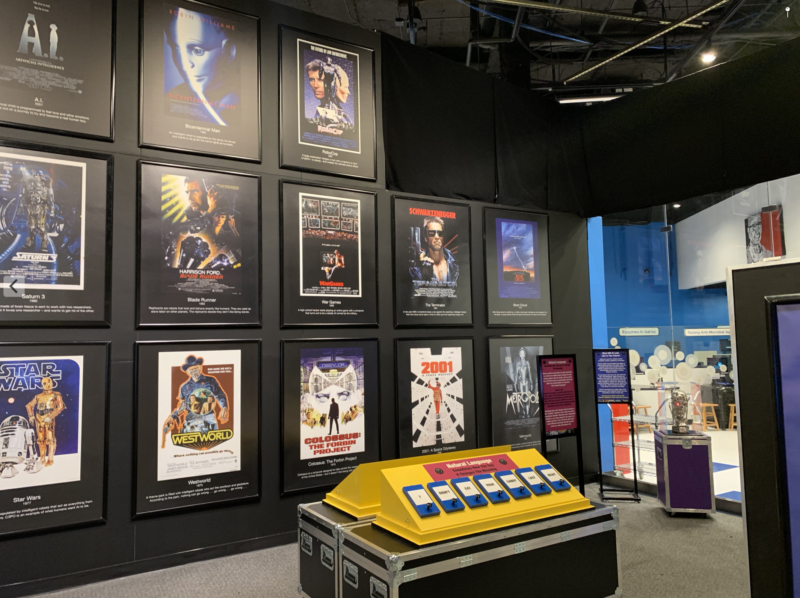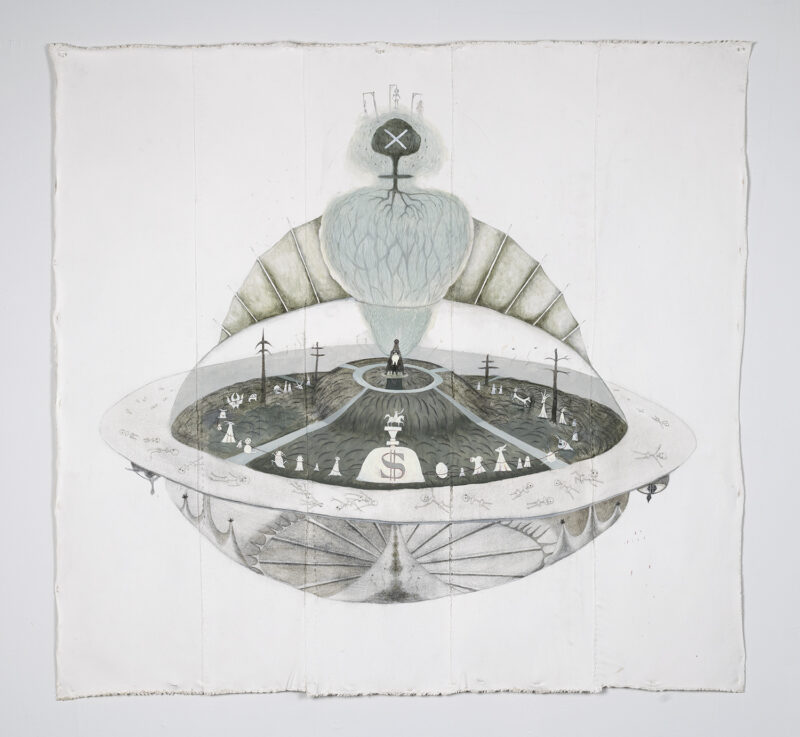An afternoon at Ballard’s National Nordic Museum, a brand-new TeenTix partner, left me oriented and disoriented — both, I would say, in a good way.
The disorientation was immediate and obvious. Within minutes of collecting my free ticket — the National Nordic doesn’t charge on the first Thursday of every month — I pushed through the heavy doors of their new exhibit FLÓÐ into pitch blackness. FLÓÐ was designed by Icelandic singer Jónsi as an immersive museum experience meant to simulate the ocean, but none of that was clear to me as I walked in. All I knew was that it was very, very dark, and that I nearly walked into a fellow museum-goer who hissed a quiet “excuse me” (visitors to FLÓÐ are asked to remain as silent as possible).
Then the lights came up, sort of. FLÓÐ is lit by a single strip across the ceiling, which darkens and brightens and undulates in time with the sound, which is composed by Jónsi and evokes the ocean without really sounding like the ocean. Instead of the crashing of water, it’s made up of choral recordings and vaguely electronic sounds, but it moves up and down like a wave. Sometimes the music and the lights are regular and rhythmic, like a calm sea, and sometimes storms seem to sweep through. Occasionally, the pitch darkness returns.Courtesy of the National Nordic Museum
Eventually, you’ll catch your bearings in FLÓÐ — it’s really just a long room, with a strip of lights on the ceiling and speakers along the walls — and start to get bored. I’d encourage you to linger, even after that. When I forced myself to stay, and keep watching the lights, I stopped thinking about lunch or my article assignment or what-have-you and focused on the ocean.
Still, FLÓÐ is a place you stay only for 10 or 20 minutes, maybe a few more if you’re exceedingly patient and meditative. It’s a good metaphor for my general experience of the National Nordic: a lovely place to drop into, one with a relatively low barrier to entry, that rewards a short visit or a longer one and that rewards multiple viewings. Regardless of whether you end up at the National Nordic on a regular day or a free-admission first Thursday, FLÓÐ will cost you $5 — either included in $5 general admission though the TeenTix pass, or as an add-on to your free ticket to the rest of the museum.
The rest of the museum is where I got better oriented in Nordic culture. The National Nordic does a very good job of generalizing where it’s appropriate and emphasizing individuality when it’s helpful. The rest of the ground floor is an exhibit broken down by country, highlighting a cultural practice from each county. It was useful for me, someone with only a passing familiarity with most Nordic countries, but it seemed just a bit reductive — not all of Danish culture can be encapsulated in the trendy notion of hygge, for example.Courtesy of the National Nordic Museum
This exhibit included a panel about the indigenous Sámi people, whose cultural region, called Sápmi, extends into Norway, Sweden, Finland and Russia. On the back wall played a video about the experience of Nordic people of color and their relationship with the stereotypes and ideals of their home countries.
Upstairs was my favorite exhibit, a long and comprehensive timeline of Nordic history. It was exceptionally well-done: accessible to an outsider, clear, and rich with more information than I could conceivably read in a single sitting. The curation of the objects in the room also benefited from the National Nordic’s wide-ranging look at history, featuring everything from Viking longboats to brightly-colored Scandinavian chairs and bicycles.
It’s the objects that really shine at the National Nordic, the clothes and the furnishings and the memorabilia and the doohickeys. It’s easy to get distracted staring at the rigging on a model ship or the stitching on the traditional dresses on display. Everything is vibrantly colorful and interesting and simply lovely; the Scandanavians know what they’re doing when it comes to design. At the National Nordic, take time to stop reading and look up from the plaques, timelines and information to appreciate everything visual that’s on offer.
It’s conceivable to see the entire museum in an hour or two, and that includes time to stop by Freya, the café and bakery on the first floor that serves unique Nordic baked goods. The National Nordic is great to drop by during an afternoon out in Ballard — walk around the shops, grab some lunch, then stop at the museum for a little while. (Just don’t try for lunch at Rachel’s Bagels, as your erstwhile TeenTix writer did, because while they’re open until 1pm, they were nearly cleaned out of bagels at noon. Let that one be a breakfast activity.
The beauty of the National Nordic is the beauty of FLÓÐ: it can be enjoyed relatively briefly, but there’s a lot of depth to it, benefitting both a short and a long visit. For just $5, you too could find yourself both oriented and disoriented in Nordic culture. This summer, take that principle and have a museum summer. Grab your TeenTix pass, find a cool little spot, and add some gallery-gazing, sonic-immersion-experiencing and baked-good-eating to your days out and about in Seattle.Courtesy of the National Nordic Museum


